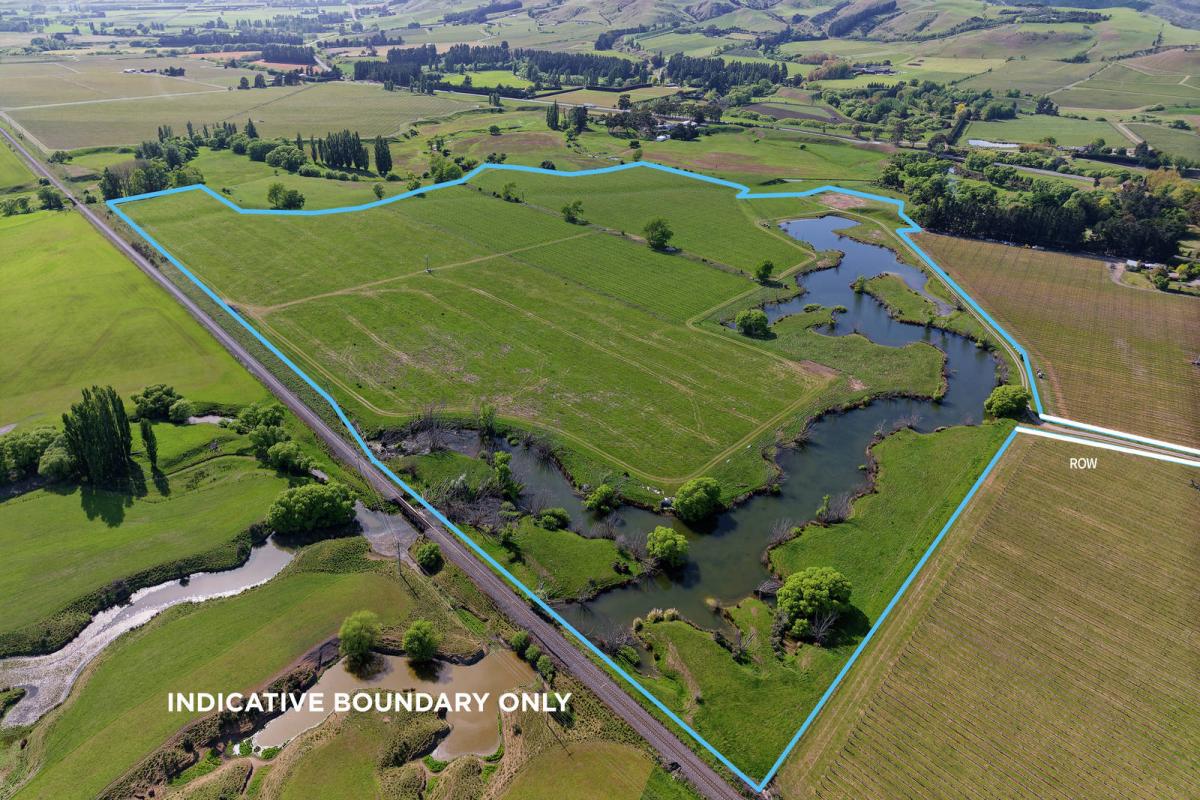Do you know what sick leave you’re entitled to?
With winter bugs doing the rounds, it’s worth knowing what the rules are about sick leave. So what are you entitled to?
• In general you’re entitled to 5 days’ of sick leave each year after you’ve worked for your employer for 6 months.
• You can accumulate any unused sick leave up to a total of 20 days.
• Sick leave can be used when you’re sick or when you need to be off work to look after someone else who is sick or injured (your partner, child, or someone who relies on you for care).
• Even if you’re a part-time or casual worker, you’re still entitled to 5 days’ of sick leave a year (once you’ve worked for 6 months continuously or for an average of 10 hours per week, and at least one hour in every week or 40 hours in every month).
• Your employer can require you to provide a medical certificate if you’re sick for 3 or more days in a row, and you’ll need to pay to get it. If they want proof of sickness sooner then they will have to pay the costs of getting the proof.
These are the minimum sick leave entitlements. Your employer can agree to give you more.
Check out our website for more information about sick leave and other employment rights and responsibilities. If you’ve got questions get in touch with a CAB near you, call us on 0800 367 222 (0800 FOR CAB), or contact us online.

Clothesline upgrade
Turn a tired old clothesline into a stylish garden feature that brings joy to the chore of getting your washing out in the sun. Finish in Resene Waterborne Woodsman Crowshead. Find out how to create your own with these easy step by step instructions.

Explore more, worry less at Ryman
Pack your bags, hit the open road, or set sail on your next big adventure. With Ryman’s lock-and-leave-style living, you’re free to explore without worrying about home maintenance or security.
While you’re off enjoying life, we’ll take care of everything back home – from mowing the lawns to watering the garden, pulling weeds, and even cleaning the windows.
Ryman residents are free to embrace adventure because they're not tied down with home maintenance stress and security worries. They're rediscovering lost passions and plunging headfirst into new ones whenever they feel like it.
Click find out more to discover the lifestyle.

⚠️ DOGS DIE IN HOT CARS. If you love them, don't leave them. ⚠️
It's a message we share time and time again, and this year, we're calling on you to help us spread that message further.
Did you know that calls to SPCA about dogs left inside hot cars made up a whopping 11% of all welfare calls last summer? This is a completely preventable issue, and one which is causing hundreds of dogs (often loved pets) to suffer.
Here are some quick facts to share with the dog owners in your life:
👉 The temperature inside a car can heat to over 50°C in less than 15 minutes.
👉 Parking in the shade and cracking windows does little to help on a warm day. Dogs rely on panting to keep cool, which they can't do in a hot car.
👉 This puts dogs at a high risk of heatstroke - a serious condition for dogs, with a mortality rate between 39%-50%.
👉 It is an offence under the Animal Welfare Act to leave a dog in a hot vehicle if they are showing signs of heat stress. You can be fined, and prosecuted.
SPCA has created downloadable resources to help you spread the message even further. Posters, a flyer, and a social media tile can be downloaded from our website here: www.spca.nz...
We encourage you to use these - and ask your local businesses to display the posters if they can. Flyers can be kept in your car and handed out as needed.
This is a community problem, and one we cannot solve alone. Help us to prevent more tragedies this summer by sharing this post.
On behalf of the animals - thank you ❤️








 Loading…
Loading…


